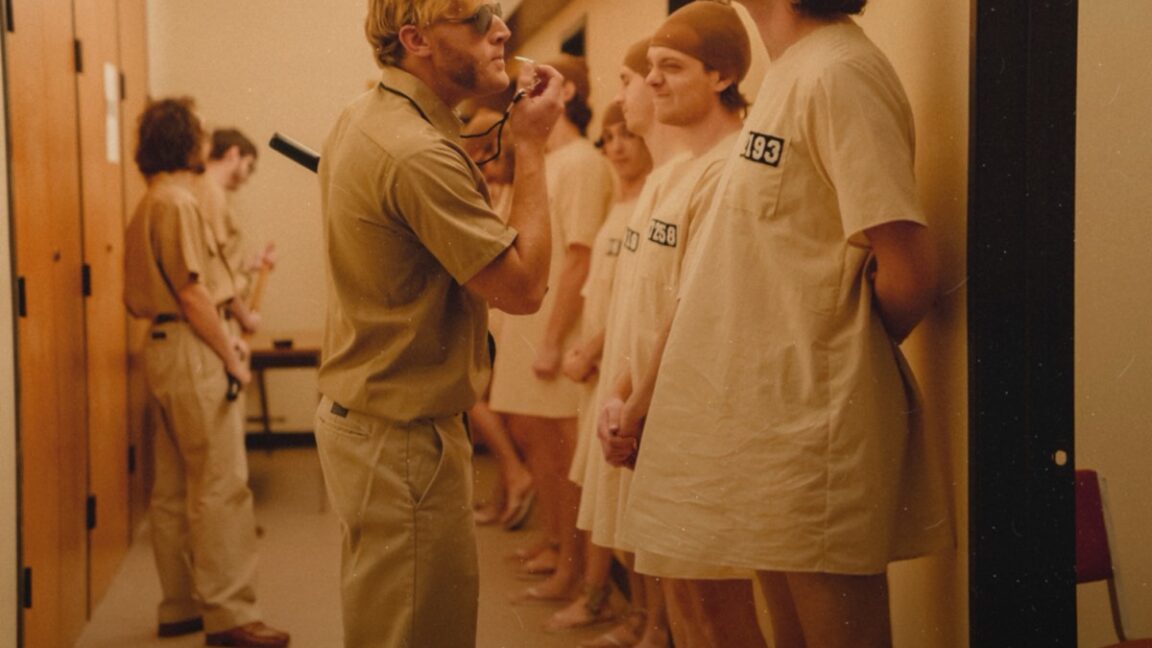In 1971, Stanford University psychologist Philip Zimbardo conducted a notorious experiment in which he randomly divided college students into two groups, guards and prisoners, and set them loose in a simulated prison environment for six days, documenting the guards’ descent into brutality. His findings caused a media sensation and a lot of subsequent criticism about the ethics and methodology employed in the study. Zimbardo died last month at 91, but his controversial legacy continues to resonate some 50 years later with The Stanford Prison Experiment: Unlocking the Truth, a new documentary from National Geographic.
Director Juliette Eisner started working on the documentary during the pandemic when, like most people, she had a lot of extra time on her hands. She started looking at old psychological studies exploring human nature and became fascinated by the Stanford Prison Experiment, especially in light of the summer protests in 2020 concerning police brutality. She soon realized that the prevailing narrative was Zimbardo’s and that very few of the original subjects in the experiment had ever been interviewed about their experiences.
“I wanted to hear from those people,” Eisner told Ars. “They were very hard to find. Most of them were still only known by alias or by prisoner number.” Eisner persevered and tracked most of them down. “Every single time they picked up the phone, they were like, ‘Oh, I’m so glad you called. Nobody has called me in 50 years. And by the way, everything you think you know about this study is wrong,’ or ‘The story is not what it seems.'”
